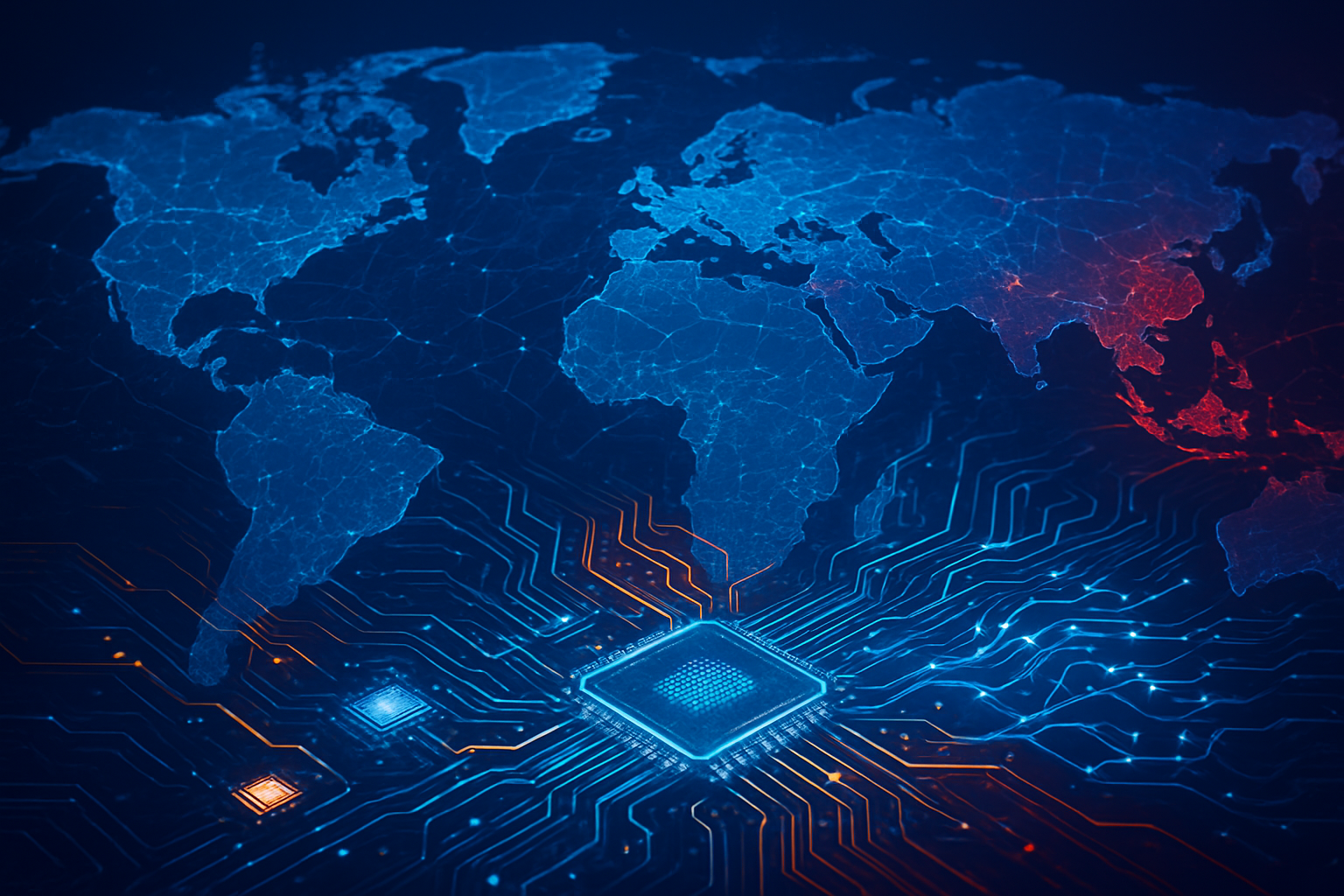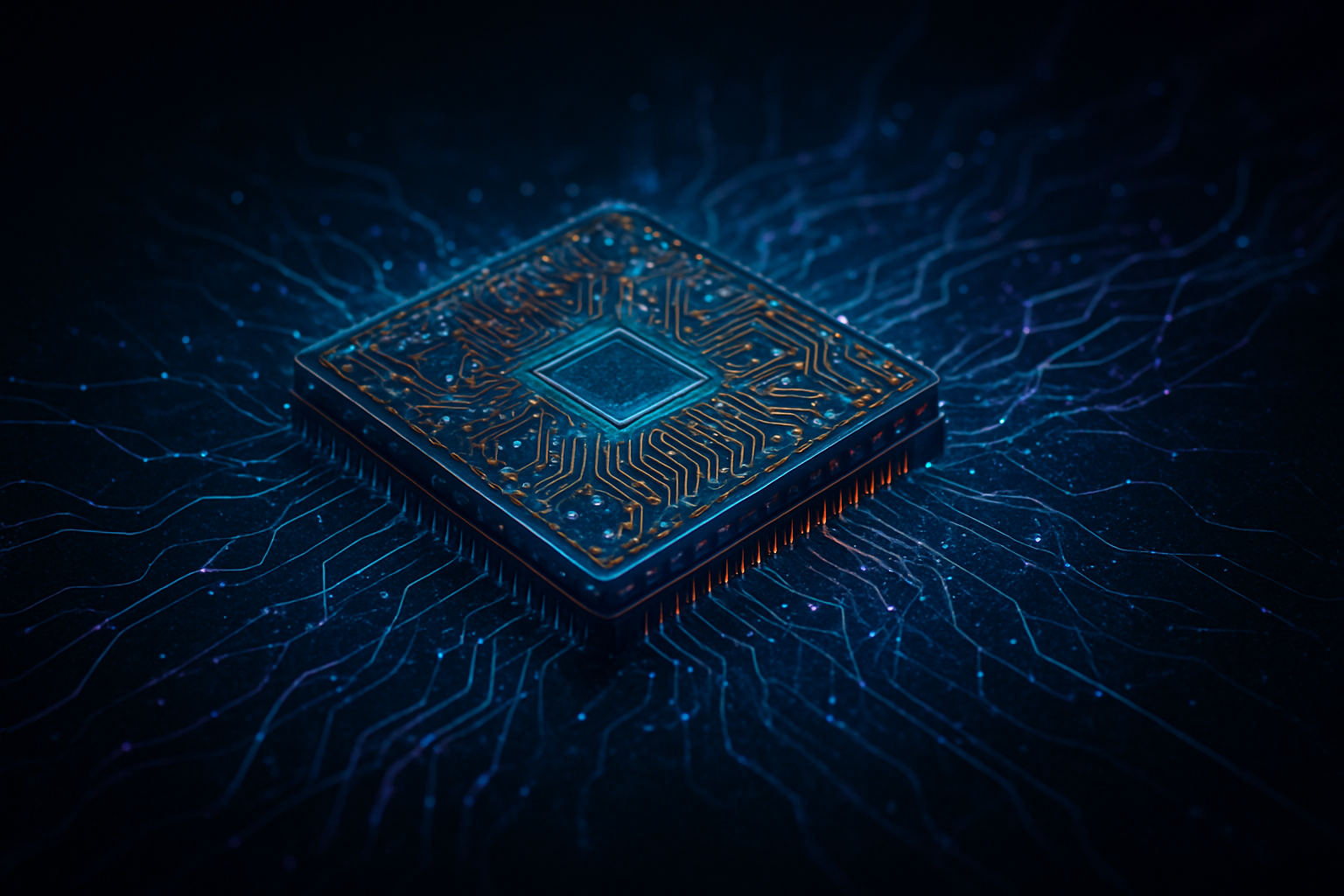The upcoming India's Defence Symposium 2.0, slated to unfold at IIT Bombay from December 22 to 24, 2025, is poised to be a landmark event in the nation's strategic discourse. Bringing together India's most distinguished military minds, the symposium will delve into the critical nexus of national security, modern warfare, and the transformative power of frontier technologies, with a particular emphasis on Artificial Intelligence. This gathering underscores India's proactive stance in leveraging cutting-edge advancements to fortify its defence capabilities and navigate the complexities of future conflicts.
Set against the backdrop of IIT Bombay's annual Techfest, the symposium will serve as a crucial platform for high-level discussions on India's evolving national security priorities, the dynamics of modern warfare, and the ongoing defence transformation within the country. With a focus on joint operations, cross-service cooperation, and long-term strategic planning, the event highlights India's commitment to integrating advanced technologies like AI, cybersecurity, and robotics into its defence operations, signaling an ambitious push towards global leadership in military innovation.
Frontier Technologies and AI in Modern Warfare: A Deep Dive
The Defence Symposium 2.0 is expected to offer an unparalleled exploration into the specific applications and strategic implications of frontier technologies in enhancing India's defence posture. While the symposium's agenda broadly covers AI, cybersecurity, and robotics, the discussions are anticipated to delve into several key areas of AI advancement critical for modern warfare. This includes the integration of AI for enhanced situational awareness through advanced sensor fusion and data analytics, enabling faster and more accurate threat detection and response. Machine learning algorithms are increasingly being deployed for predictive maintenance of military hardware, optimizing operational readiness and reducing downtime.
Furthermore, AI-powered decision support systems are becoming indispensable for commanders, offering real-time intelligence analysis, strategic planning assistance, and even autonomous or semi-autonomous operational capabilities in complex environments. The symposium is likely to highlight advancements in AI for electronic warfare, swarm robotics for reconnaissance and combat, and sophisticated cybersecurity measures powered by AI to defend against increasingly complex digital threats. These approaches represent a significant departure from traditional, human-centric methods, offering unprecedented speed, precision, and scale in military operations. Initial reactions from the defence and AI research community suggest a strong interest in how these theoretical advancements are being practically implemented and integrated into India's defence infrastructure, with experts eager to see the balance struck between automation and human oversight in critical military functions.
Competitive Landscape and Market Implications for AI Companies
The strategic focus on frontier technologies, particularly AI, at India's Defence Symposium 2.0 carries significant implications for both established tech giants and emerging startups in the AI sector. Companies specializing in AI for defence, such as those developing solutions for surveillance, data analytics, autonomous systems, and cybersecurity, stand to benefit immensely from India's renewed emphasis on technological self-reliance and modernization. Indian defence public sector undertakings (PSUs) like Hindustan Aeronautics Limited (NSE: HAL) and Bharat Electronics Limited (NSE: BEL) are likely to be key beneficiaries, as they are at the forefront of integrating indigenous AI capabilities into platforms and systems.
Beyond the PSUs, a vibrant ecosystem of private Indian AI startups and mid-sized tech firms, often collaborating with academic institutions like IIT Bombay, could see increased opportunities for partnerships, funding, and contracts within the defence sector. These companies, which are agile and often specialize in niche AI applications, could provide innovative solutions that complement the capabilities of larger defence contractors. Globally, major AI labs and tech companies with defence divisions, such as those from the United States or Europe, might also explore collaborations or technology transfers, though India's push for indigenous development will prioritize local solutions. This strategic shift could potentially disrupt existing market dynamics, fostering a more competitive environment where innovation and specialized AI expertise become paramount, challenging the dominance of traditional defence suppliers and creating new market positioning opportunities for AI-first companies.
Broader Significance in the AI Landscape and Global Trends
India's Defence Symposium 2.0 signifies a critical juncture in the nation's strategic embrace of Artificial Intelligence, aligning with a broader global trend where AI is increasingly recognized as a pivotal factor in national security and geopolitical power. This event underscores India's ambition to not just adopt, but to lead in the development and deployment of military AI, positioning itself alongside other major global powers actively investing in AI-driven defence capabilities. The emphasis on indigenous development and collaboration between academia and the military reflects a strategic imperative to build sovereign capabilities, reducing reliance on foreign technology and fostering a robust domestic AI ecosystem.
The symposium's focus on AI in defence also highlights the dual-use nature of many AI technologies, raising important ethical and regulatory considerations. Discussions around autonomous weapon systems, algorithmic bias, and the implications of AI on international stability are likely to be underlying themes, even if not explicitly stated. This development fits into the larger narrative of an AI arms race, where nations are vying for technological superiority to maintain strategic advantage. Compared to previous AI milestones, this symposium marks a shift from theoretical exploration to practical implementation and strategic integration of AI into the core of national defence, reflecting a maturation of AI's role from a research curiosity to a critical component of national security infrastructure.
Exploring Future Developments and Challenges on the Horizon
Looking ahead, the insights and collaborations forged at India's Defence Symposium 2.0 are expected to catalyze several near-term and long-term developments in military AI. In the near term, we can anticipate increased investment in AI research and development within India's defence sector, leading to accelerated prototyping and deployment of AI-powered solutions for surveillance, logistics, and command and control systems. The symposium's emphasis on joint operations suggests a future where AI facilitates seamless interoperability between different branches of the armed forces, creating a more cohesive and effective defence apparatus.
Longer-term developments could include the widespread adoption of advanced autonomous systems, AI-driven cyber-defence platforms capable of self-healing and proactive threat neutralization, and the integration of AI into next-generation warfare platforms. However, significant challenges remain. These include ensuring the ethical deployment of AI, developing robust testing and validation frameworks for AI systems in critical applications, and addressing the talent gap in AI and data science within the defence sector. Experts predict a continued focus on human-AI teaming, where AI augments human capabilities rather than fully replacing them, ensuring human oversight in critical decision-making processes. The symposium will likely lay the groundwork for addressing these challenges, fostering a collaborative environment to navigate the complex future of military AI.
A Comprehensive Wrap-Up: India's Strategic AI Leap
India's Defence Symposium 2.0 at IIT Bombay stands as a testament to the nation's unwavering commitment to integrating cutting-edge Artificial Intelligence and frontier technologies into its national security framework. The symposium, featuring India's top military brass, underscores a strategic vision to transform defence capabilities, enhance operational readiness, and secure a prominent position in the global landscape of military innovation. Key takeaways from the discussions will undoubtedly revolve around the imperative of indigenous AI development, the critical role of academia-industry-military collaboration, and the strategic implications of AI in modern warfare.
This event marks a significant milestone in India's AI journey, moving beyond theoretical discussions to concrete plans for deployment and integration of advanced AI systems. Its significance in AI history lies in its clear articulation of a national strategy for military AI, reflecting a global trend of nations prioritizing technological superiority in defence. In the coming weeks and months, observers should watch for announcements regarding new defence AI initiatives, increased funding for AI research, and potential partnerships between defence organizations and technology companies. The symposium is not just an event; it is a declaration of intent, signaling India's firm resolve to harness the power of AI for a more secure and resilient future.
This content is intended for informational purposes only and represents analysis of current AI developments.
TokenRing AI delivers enterprise-grade solutions for multi-agent AI workflow orchestration, AI-powered development tools, and seamless remote collaboration platforms.
For more information, visit https://www.tokenring.ai/.









